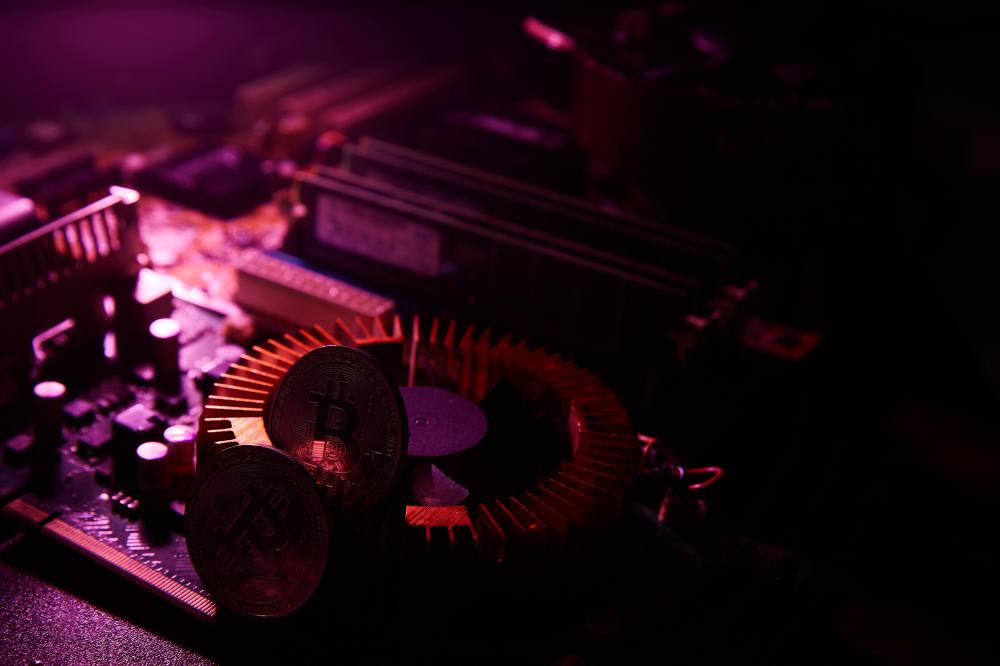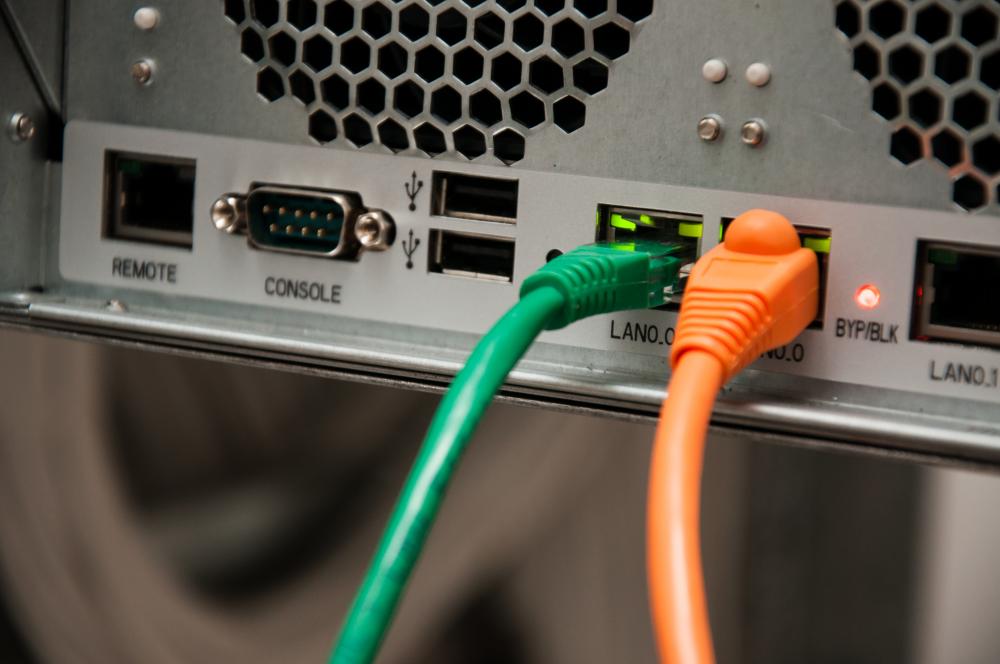Bitmain Antminer

Exploring Bitmain Antminer
Delving into the world of cryptocurrency mining, the mention of Bitmain Antminer often surfaces as a leading choice among enthusiasts and professionals alike. As an official shop distributor, we've had firsthand experience with the technological advancements and robust performance of Bitmain's ASIC miners. Our platform, Ebitmain.com, stands as a testament to our commitment to equipping our clients with top-tier mining equipment, ensuring that each miner from the Bitmain Antminer series meets and exceeds the rigorous demands of the blockchain industry.
The Importance of Selecting the Right Miner
Understanding Your Mining Goals
Mining cryptocurrency is an intricate process that requires not just the right equipment but also a deep understanding of your goals. Are you mining on a commercial scale, or are you an enthusiast looking to explore the realm of crypto? The Bitmain Antminer series offers solutions for varying needs, striking a balance between power efficiency and hashing power.
Evaluating Hash Rate and Power Consumption
Two critical factors to consider when selecting a mining unit are its hash rate and power consumption. The unparalleled efficiency of Bitmain Antminer models, from the S21 Hyd to the L7, emphasizes the brand's mastery in optimizing these aspects, thereby maximizing profitability and minimizing operational costs.
Spotlight on Bitmain Antminer Innovation
Cutting-Edge Technology
Bitmain consistently pushes the boundaries of what's possible in ASIC mining technology. Each Antminer is a result of thorough research, development, and innovation, embodying the pinnacle of mining performance. The incorporation of advanced cooling systems, energy-efficient processors, and user-friendly interfaces in models like the Antminer S21 Hyd and K7, illustrates Bitmain's commitment to innovation.
The landscape of cryptocurrency mining is ever-evolving, with algorithm changes and currency value fluctuations. Bitmain Antminer units are designed to be as future-proof as possible, with firmware updates and adaptable technology that ensures your investment remains viable in the fast-paced crypto world.
Connecting with Trusted Vendors
Finding legitimate and trustworthy sources for mining equipment can be daunting. Through our platform, we've established connections with reputable vendors and official resellers globally. This network ensures that when you select a Bitmain Antminer, it's not just about the product; it's about the peace of mind that comes from knowing you're purchasing from a verified source. Our commitment to providing real-time updates on miner availability and pricing further cements our role as a trusted intermediary in the mining community.
Making an Informed Choice
With the wealth of options available, making an informed choice is paramount. Our platform offers detailed descriptions, images, and specifications for each Bitmain Antminer model. This transparency enables miners to compare different models side by side, understanding the nuances that make each unit suitable for particular mining operations. Personal insights from our experience with these machines add a layer of authenticity and reliability that purely technical specifications cannot convey.
Embracing the Future of Mining
The future of mining looks bright with Bitmain Antminer leading the charge. As algorithms become more complex and the demand for cryptocurrency continues to rise, having a reliable and efficient miner becomes increasingly crucial. Our belief in the potential of blockchain technology and mining motivates us to keep our community informed, equipped, and ready to embrace the future.
The Community Aspect
Mining is not just about the equipment; it's also about the community. Sharing insights, tips, and experiences plays a significant role in the success of individual miners and the mining community as a whole. Our platform encourages this exchange, allowing users to share their personal experiences with Bitmain Antminer units, offering advice, and discussing the latest trends in the mining world. This community-driven approach enriches the mining experience, fostering a spirit of collaboration and mutual success.
Conclusion
Bitmain Antminer represents more than just a series of powerful and efficient miners; it symbolizes the forefront of cryptocurrency mining technology. Through our platform, Ebitmain.com, we strive to connect our clients with the best mining solutions available, ensuring they are well-informed and equipped to make sound decisions. Our dedication to providing access to reputable vendors and the latest information on Bitmain Antminer models reflects our commitment to the mining community's growth and prosperity. As we look towards the future, we remain excited about the possibilities that blockchain technology and cryptocurrency mining hold.

What does a Bitmain Antminer do?
At the heart of cryptocurrency mining, a Bitmain Antminer serves as a specialized computer designed to solve complex mathematical puzzles. This process validates transactions on the blockchain, contributing to the security and sustainability of a cryptocurrency network. Unlike general-purpose computers, these Antminers are equipped with ASIC (Application-Specific Integrated Circuit) chips, making them incredibly efficient for mining activities. They're the powerhouse behind the scenes, ensuring the smooth operation of digital currency exchanges, all while potentially earning rewards for their operators in the form of newly minted coins and transaction fees.
How much does an Antminer make a day?
The earnings from an Antminer can vary widely depending on several factors including the model's efficiency, the current value of the cryptocurrency being mined, electricity costs, and the overall network difficulty. For instance, a high-performance model like the Antminer S21 Hyd could potentially generate more daily earnings compared to older models, but the actual profit will depend on the prevailing conditions. It's crucial for miners to use updated mining calculators and consider their local electricity costs to accurately estimate daily earnings.
How much can I earn with Antminer?
Earnings with an Antminer are not fixed and fluctuate based on the cryptocurrency market dynamics, the specific Antminer model in use, and operational expenses, primarily electricity. Some users might experience significant profits, especially during times when the value of cryptocurrencies is on the rise, while others might find the margins slim during market downturns or due to high electricity costs. The key to maximizing earnings lies in selecting the right model for your goals, keeping your equipment well-maintained, and staying informed about the crypto market trends and mining technologies.
Which Antminer is most profitable?
Determining the most profitable Antminer model involves analyzing current market conditions, electricity rates, and the specific cryptocurrencies you intend to mine. Historically, models such as the Antminer S21 Hyd and L7 have been highly sought after due to their efficiency and performance. However, profitability is subject to change as new models are released and as the cryptocurrency landscape evolves. We always recommend conducting thorough research and considering your unique situation before deciding which model to invest in.
Spotlight on Bitmain Antminer Innovation
Bitmain's approach to innovation in the Antminer series has always been about pushing the boundaries of mining technology. Each new model released is a testament to our dedication to enhancing mining efficiency and profitability for our clients. From integrating advanced cooling systems to optimizing ASIC chip performance, our goal is to ensure that miners have access to state-of-the-art equipment. These technological advancements not only improve the mining experience but also contribute to the sustainability of the cryptocurrency ecosystem.
Navigating the Landscape of Cryptocurrency Mining
The cryptocurrency mining landscape is ever-changing, marked by fluctuations in currency values, mining difficulty, and regulatory environments. Staying ahead requires not just reliable and efficient mining hardware but also a keen understanding of the market. At Ebitmain.com, we not only provide access to the latest Antminer models but also offer insights and updates that can help you make informed decisions. Whether you're just starting or looking to expand your mining operation, the ability to adapt to these changes is crucial for long-term success.
Connecting with Trusted Vendors
Finding reputable sources for your mining equipment is essential to avoid counterfeit products and ensure you get the best value for your investment. Through our network of verified vendors and official resellers, we aim to make the purchasing process transparent and straightforward for you. Our platform regularly updates miner availability and pricing, offering peace of mind that you're dealing with trustworthy sources. Remember, the right relationship not only secures genuine products but also supports your mining endeavors with reliable after-sales service.
Mining Resources
- Bitcoin Mining - Getting Started: A comprehensive guide on getting started with Bitcoin mining, including information on hardware, software, and mining pools.
- NIOSH Mining Program: The National Institute for Occupational Safety and Health's program dedicated to improving mining safety and health through research and education.
- CoinDesk: A leading cryptocurrency news source providing the latest updates on blockchain technology, Bitcoin, and other digital currencies.
- CryptoCompare Mining Guides: A collection of guides covering various aspects of cryptocurrency mining, from hardware selection to mining profitability.
- Mining Technology: An online resource for the latest mining industry news, analysis, and information on mining equipment and technologies.